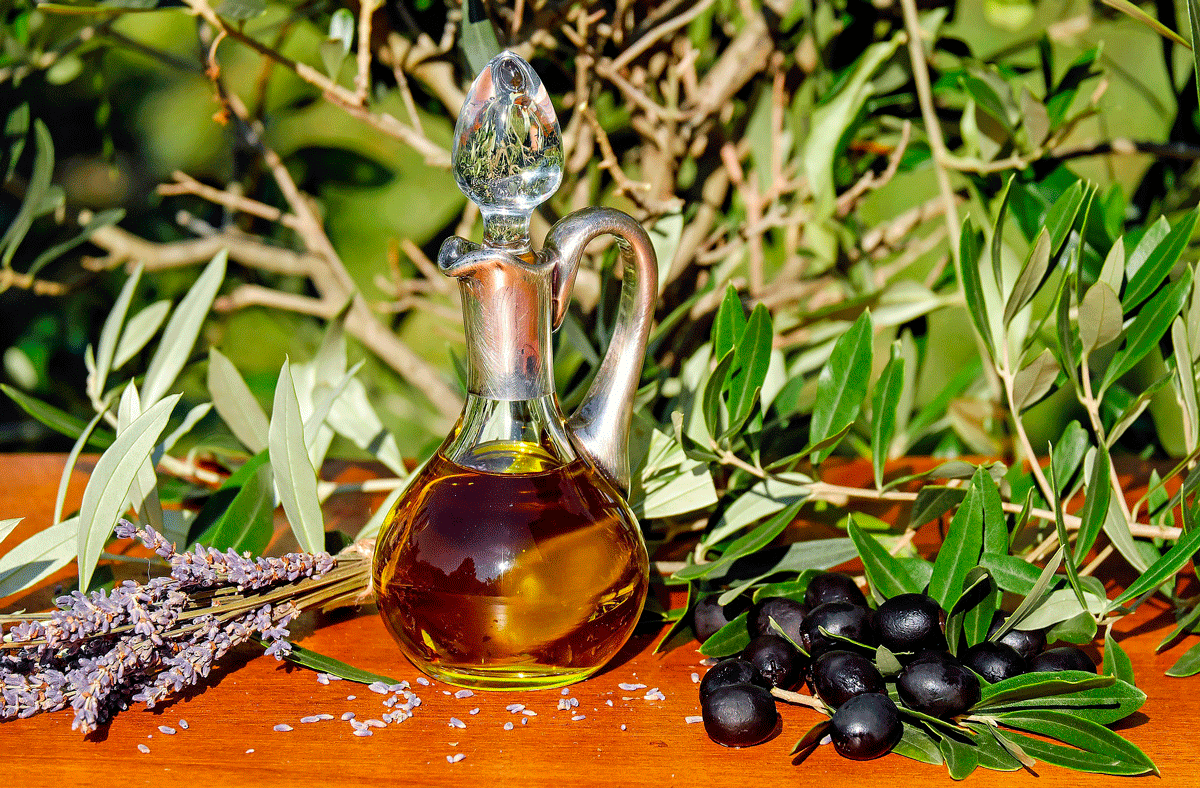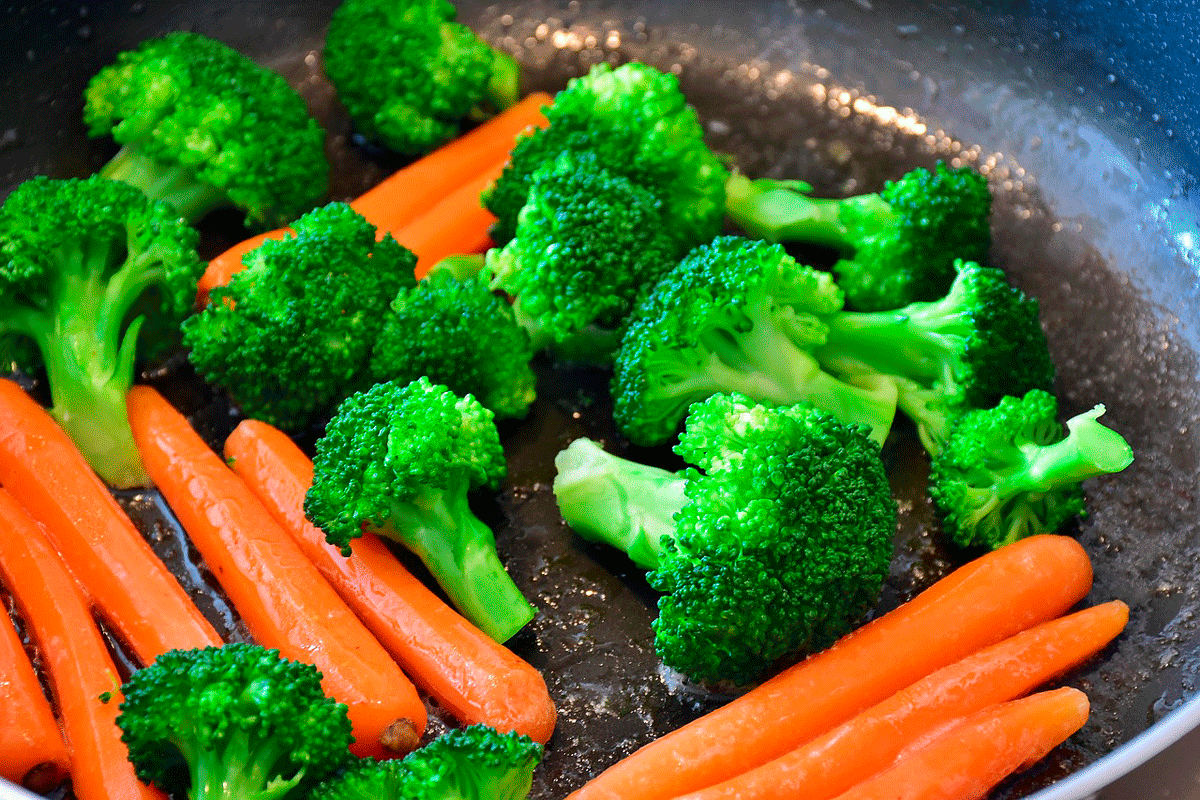ESSENCE OF MONCAYO

The origins
The earliest known written documents on the olive tree are Mycenaean clay tablets from the reign of King Minos (2,500 BC), which testify to the importance of olive oil for the Cretan economy. The olive tree, an ancient tree of wisdom and peace, has been adopted by the human race as a source of wealth and food for millennia. The history of the olive tree goes back in time to the very origin of agriculture in the first civilizations of the Mediterranean and the Middle East. The Phoenicians were the ones who introduced olive cultivation in Spain around 1050 B.C., but it was the Romans who improved the techniques of cultivation and production of olive oil.
In Athens, the olive tree was the symbol of the city and its sacred tree. Greek mythology is rich in legends and mentions to the olive tree, Gods like Athena, Hercules, or the Olympic games have the olive tree, its branches, leaves and fruit as protagonist. On the façade of the City Hall of Tarazona, the giant Hercules can be seen carrying a magic mace made of olive wood.
Used as a cosmetic and as medicine, it is the basis of the ointment of unction in the Catholic Church. About four hundred mentions of the olive tree or its oil are found in the Bible. The olive twig carried by Noah's dove and the prayer of Jesus Christ on the Mount of Olives are two very representative examples.
Our grandparents taught us that olive trees provide good shade, firewood and that their branches are essential for Palm Sunday. We protect with them the houses and fields from the thunderstorms. The custom has called "Virgen de los Crespillos" to the Virgin of the Annunciation, on March 25. On that day, the olive trees were "protected" with battered and fried borage, guaranteeing that they would be "impregnated".
Oil is squeezed olive juice. It is basic in the Mediterranean diet: raw or cooked. Raw, on toast, in stews or for marinating and preserving food. Between three and five servings of oil are recommended throughout the day. It prevents heart disease, improves the digestive system, lowers cholesterol and nourishes the skin. Its benefits do not stop there. It has vitamin A, D, K and E. It preserves eyesight, favors bones, prevents aging by oxygenating bones and blood. Although nowadays it can be found all over the world, it is the Mediterranean area, its origin, where most of its production is centered and Spain is the country with the most olive trees and the largest production of olive oil in the world.
The traditional olive oil production process.
From November to March, the fruit was harvested by shaking the tree. Others "esmuían" the olive tree, that is to say, they milked the tree taking the olives one by one. It was the "arrival" of the olive. The olives were taken to the mill or oil mill and left in a warehouse called: algorín. The millstone, shaped like the trunk of a cone, crushed the olives into a paste. The juice generated was conducted through a chute to the settling tanks. The mass of olives was placed in "capachos" of esparto grass to be crushed. They were pressed in a press or lathe. Oil was extracted again and stored in jars made in Magallón and transported in leather boats. It was served on the tables with "alcuzas" and also "olieras" made of clay from Santa Cruz de Moncayo.
The green olives were harvested one or two months before ripening (they are green as their name implies), and were prepared for the table with water, salt and fennel shoots, leaving them to macerate until they reached their color. The black ones were harvested a few days before, scalded with water, killed with salt at room temperature for a couple of weeks. They used to add a mixture of oil, garlic and vinegar.
In the lands of Tarazona and Moncayo and the Campo de Borja we also call the olive groves "oliveras". And we sing to them and in them:
If for San Juan and San Pedro in your olive grove you find olives, one here and one there, there will be a good harvest.
The Empeltre variety is the majority variety in our landscape and in the Sierra de Moncayo Denomination of Origin. This variety accounts for 70% of the total in the production process.
Other varieties are necessary to consolidate and fix the product: Arbequina 25% and the remaining 5% will be Royal, Verdial and Negral. The "Sol de Moncayo" has a pleasant, bitter and spicy taste, being easy to drink.
The Sierra de Moncayo Denomination of Origin
On March 26, 2007, the Association of Oil Producers of the Sierra del Moncayo was constituted, which is the organism in charge of promoting and requesting the Regulating Council of the Denomination of Origin "Sierra del Moncayo Oil". It is a small D.O. New. Its production is around 300,000 liters of certified oil and employs about 2,300 local producers. Its territory covers the regions of Tarazona and Moncayo and Campo de Borja.
Empeltre, by natural selection in the territory, is the main variety. It has remarkable sensory characteristics with hints of nuts. The landscape, the countryside and its production process, together with the characteristics of the olive, make Sierra de Moncayo oil a unique, healthy, singular product with character. A taste that in our mouth reminds us of the flavors of our childhood. It favors biodiversity, unites producers and consumers, brings us closer to the tradition and nature of Moncayo, generates a sustainable economy and maintains rural jobs.
Olive or olive
The region of Tarazona and Moncayo and the Campo de Borja region have a tradition backed by history, with examples such as the "Trujal de la Verónica" in Tarazona (1840), or new projects for the future in Trasmoz, such as the commitment of Agustín Fornós to the "Templarios" brand or in the D.O.
The gastronomy of the area has benefited from this gastronomic jewel for millennia. Its best gastronomic treasures such as chicory salads, ranchos and migas, vegetables such as borage or the preparation and preservation of pickled game, among other examples.
The smell and taste of the healthiest Moncayo have the name of oil.


 Español
Español English
English